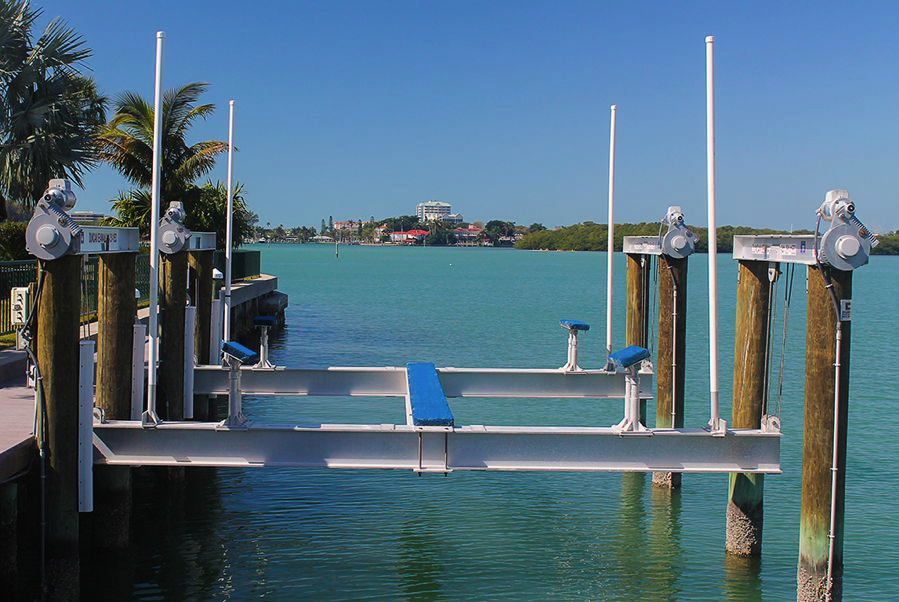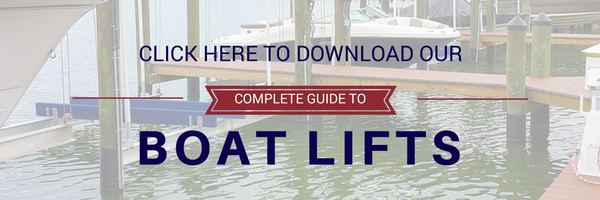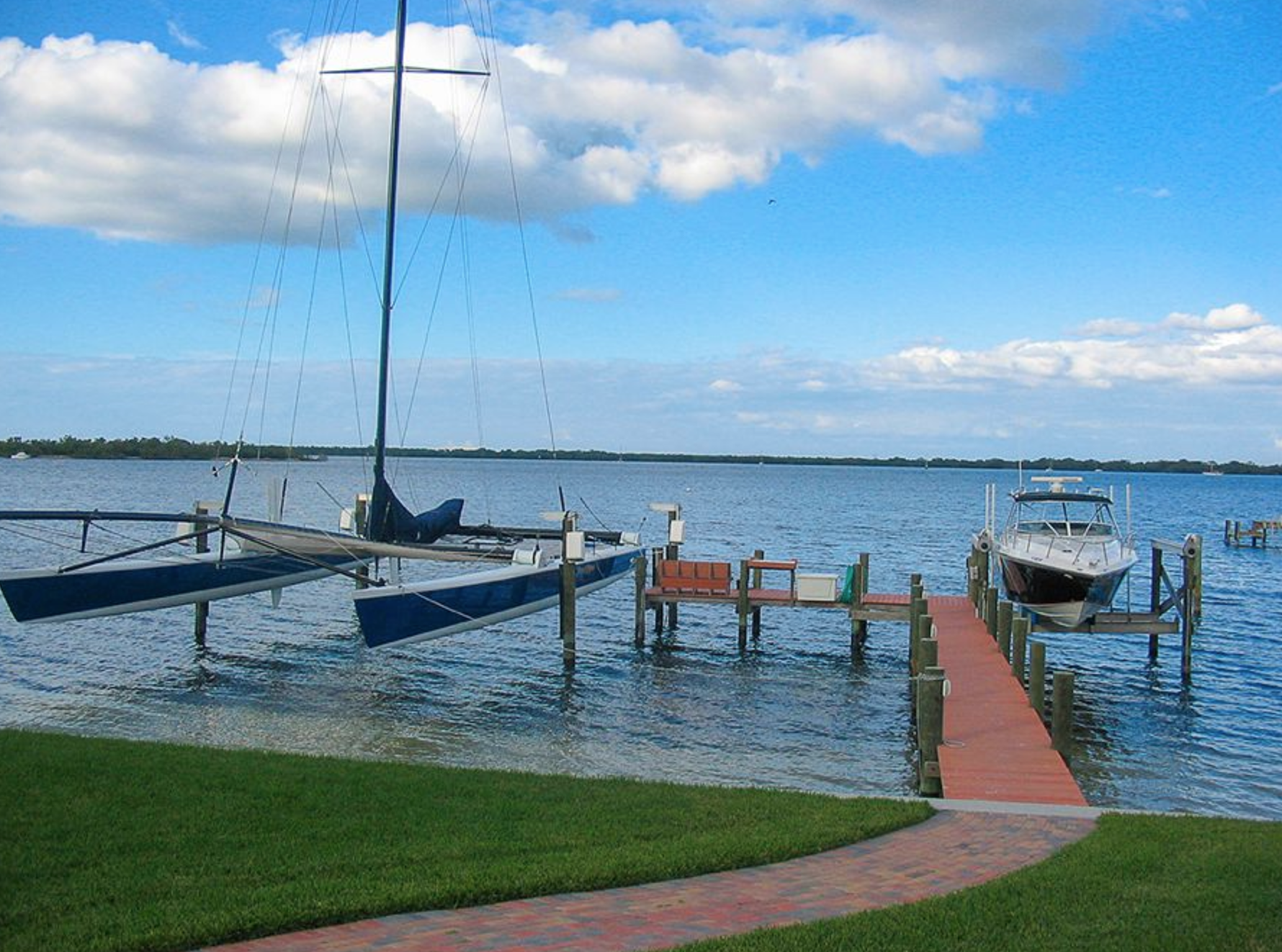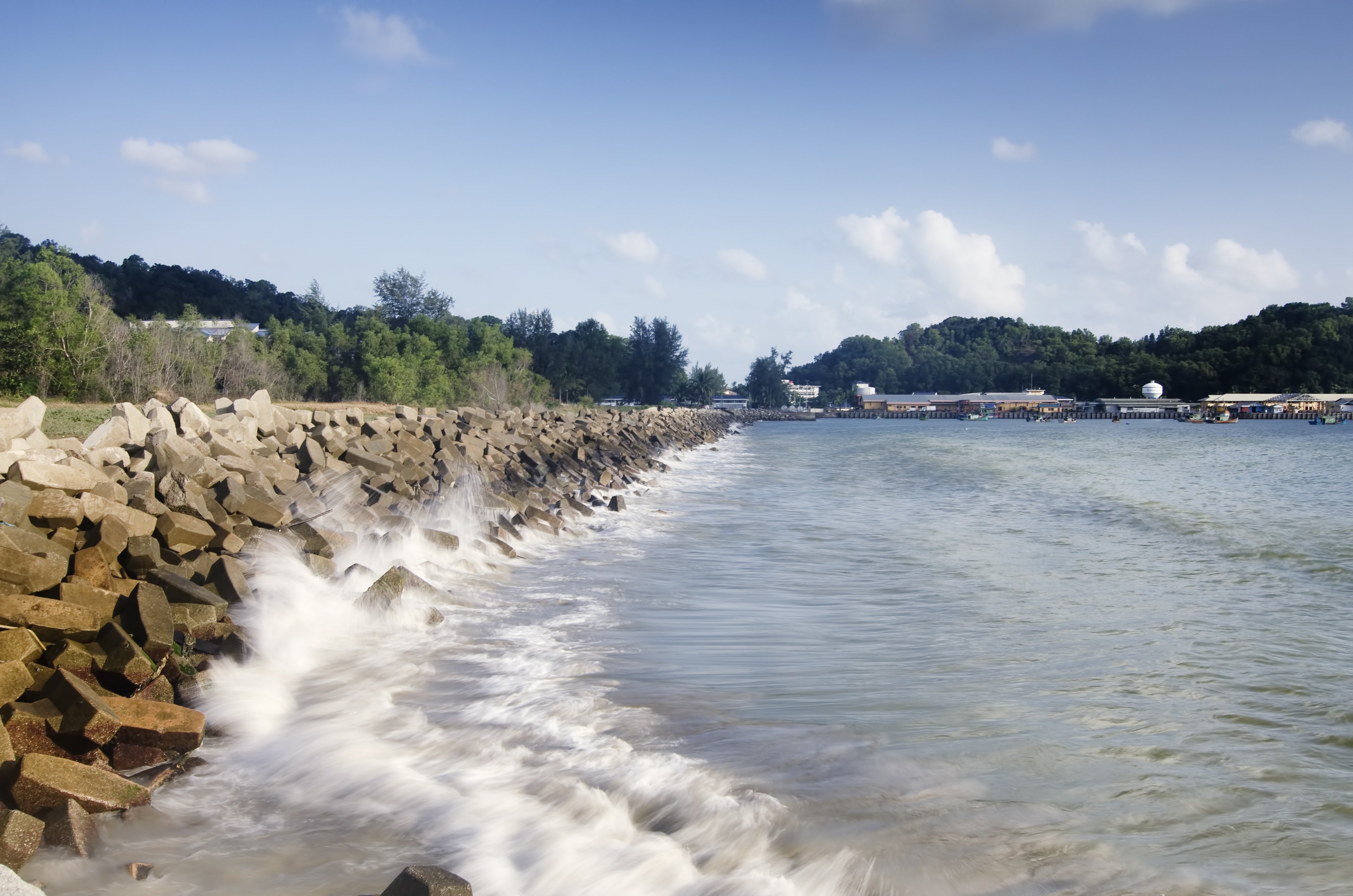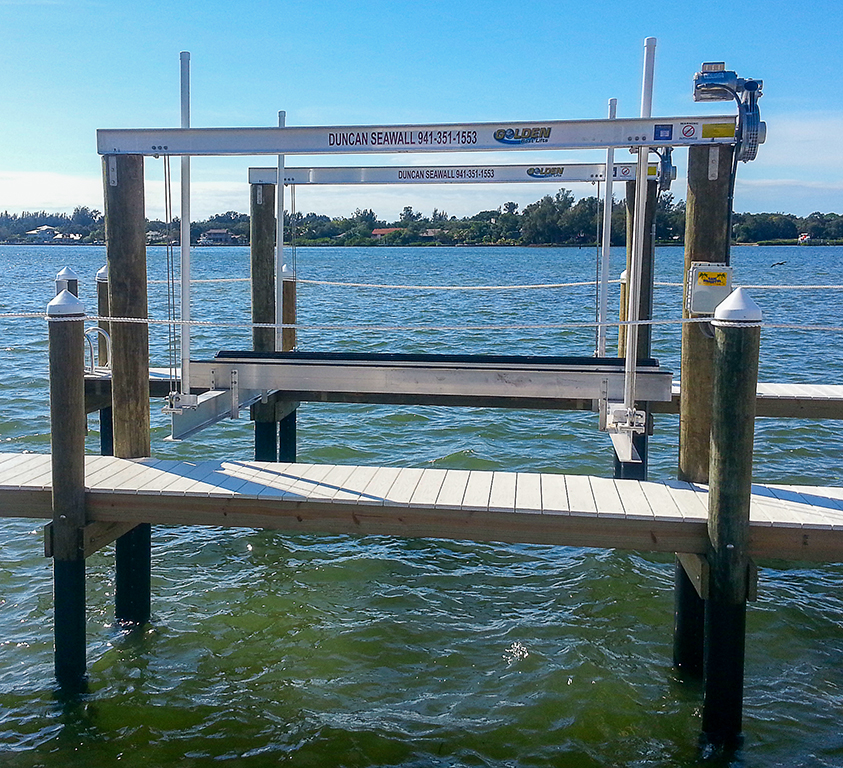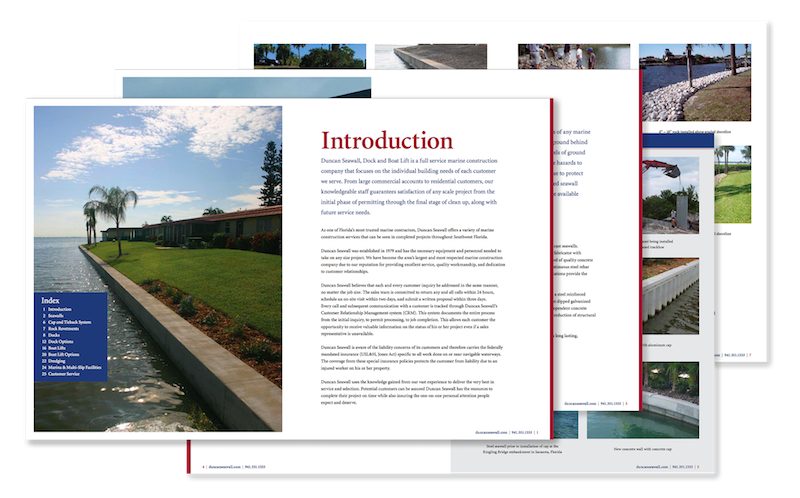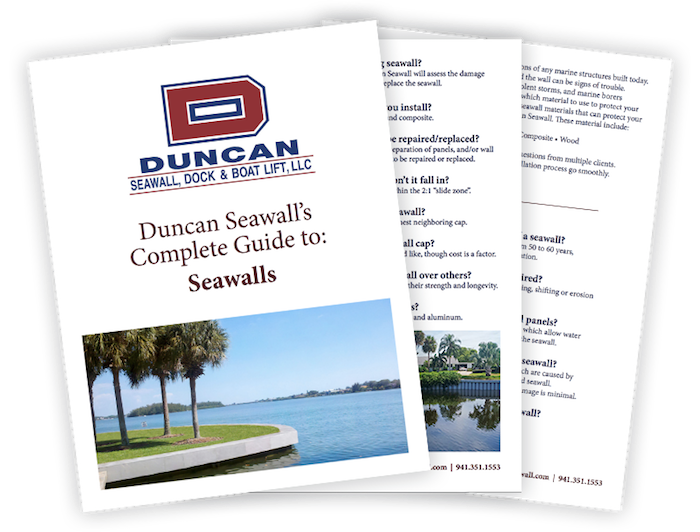There are many types of boat lifts available that allow your vessel to be stored out of the water when it's not in use. Boats in dry storage are easy to clean, repair, and maintain. The vessel can be covered and protected from rain and wind when removed from the water. However, there are several factors that must be considered prior to building your lift.
Related Blog: 6 Common Questions Answered About Your New Boat Lift
Vessel Types
The length, weight, beam, height and overall dimensions of the boat to be removed from the water will determine the size and style of a boat lift and if you'll be able to install one on your property.
You may want to lift a 1500-pound water ski or heavier sport fishing boat and may prefer a lift for a lightweight pontoon boat, personal watercraft, mono-hull sailboat or catamaran.
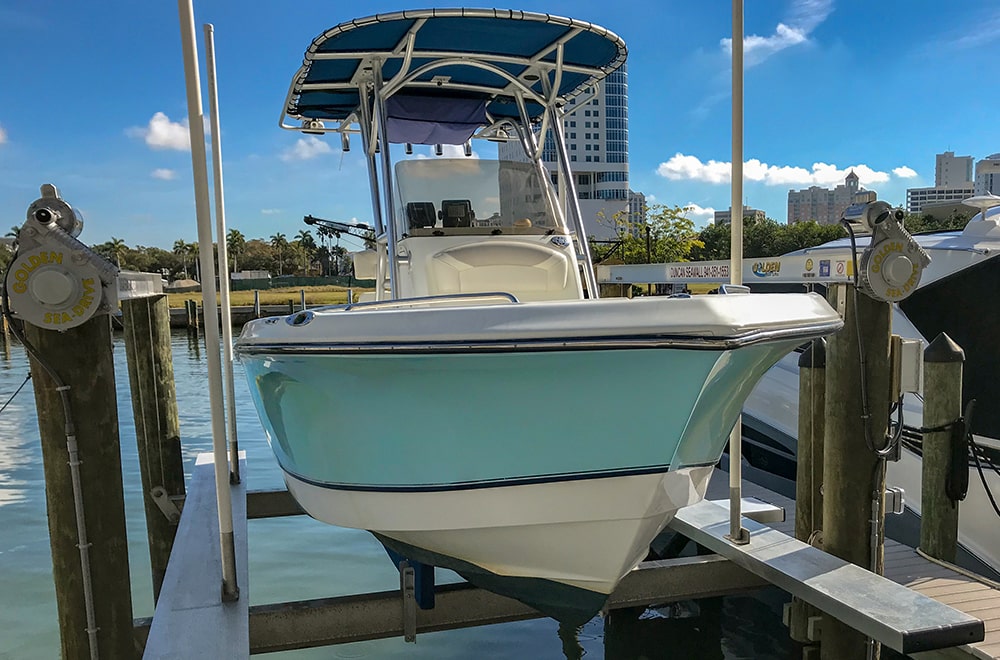
The Location of Your Boat Lift
The location you want to install your new boat lift can have an impact on what kind and size you can have. For example, installing a lift on a Florida lake is different than installing a lift on the Intracoastal Waterway (ICW).
Seasonal lakeshore depth is important. The lift, dock, and pilings must extend far enough into the lake to have water beneath the lift even during the dry season.
Installing a lift on the ICW and its adjacent canals requires an understanding of the tidal conditions and occasional surges. This includes the extreme spring tides that can bring water over seawalls at high tide and leave a boat stuck in the mud at low tide. The water should be deep with the lift attached or adjacent to a fixed or floating dock or seawall.
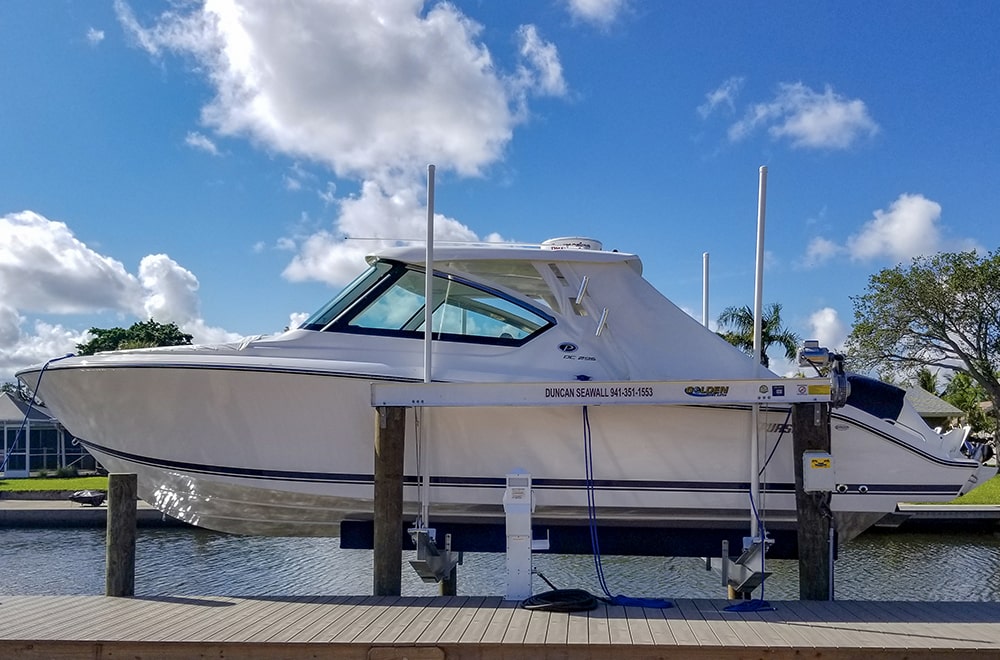
Types of Lifts
Adjustable cradle lifts with four or eight posts are practical for most boats. Sling lifts are often used in shallow waters. Boats may also be lifted by elevator boat lifts or davits which may be secured to a dock, seawall or concrete pad behind the seawall.
Lifts can be stainless steel or aluminum with cables and pulleys treated for rust prevention.
Golden Boat Lifts and Duncan Seawall
Duncan Seawall Dock and Boat Lift will analyze and suggest the system that best meets your needs on Florida's navigable waters. Contact us today to schedule your evaluation.



